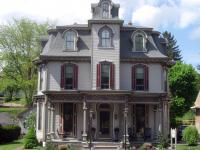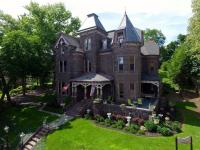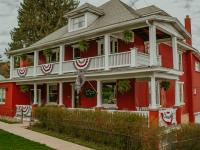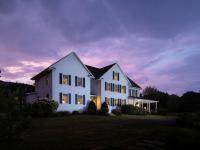You are here
In the Heart of Bald Eagle State Park
Pennsylvania's Bald Eagle State Park has a vibrant past, rich in history from eras ancient to industrial. Once part of the Great Indian Warpath, the Iroquois traveled past this forest and mountain to reach the southern Cherokee tribe and conduct raids. But millennia before, mountains surged towards the sky in a pre-glacial rippling of the landmasses on a Himalayan scale that left us the impressive range we call Appalachia, with its network of rivers and bowl-like valleys. Its settled on a stunning convergence of mountain and valley, wetland and wood, making it an iconic representative of Pennsylvania's diverse geography and wildlife, as well as one of the largest migratory crossroads on the east coast for birds like the golden eagle.
In the contemporary era, Bald Eagle State Forest, a 200,000 acre woodland also named after the famous Native American chief Woapalanne, faced deforestation. Once covered in almost 95% forest, the temptation of logging and deforestation was an opportunity very few could resist. The Eagle Ironworks opened in 1810 and did not close until the 1920s; the Ironworks had access to the natural resources of Pennsylvania's coal mines, iron deposits, and seemingly infinite lumber. Despite the ravages of the 19th and 20th century, though, Bald Eagle now has second-growth forest status, conservationists having removed evidence of its crippling deforestation--a process that usually takes upward of 200 years.
At the state park, hiking, fishing, and swimming are some of the most popular outdoor activities. The large lake hosts a 1200-foot-long beachfront and is situated against the flank of Bald Eagle Mountain, a popular spot for high-flying birds and glider pilots and one of the best locations in the country to catch sight of the golden eagle.
For more information and history about Bald Eagle State Park, visit website.





